"Did you ever eat a pine tree? Some parts are edible." That's what world-famous wild foods forager Euell Gibbons used to say. And he is right! I eat pine trees -- several different parts, too! I think one of the tastiest parts of a pine tree is its pollen.
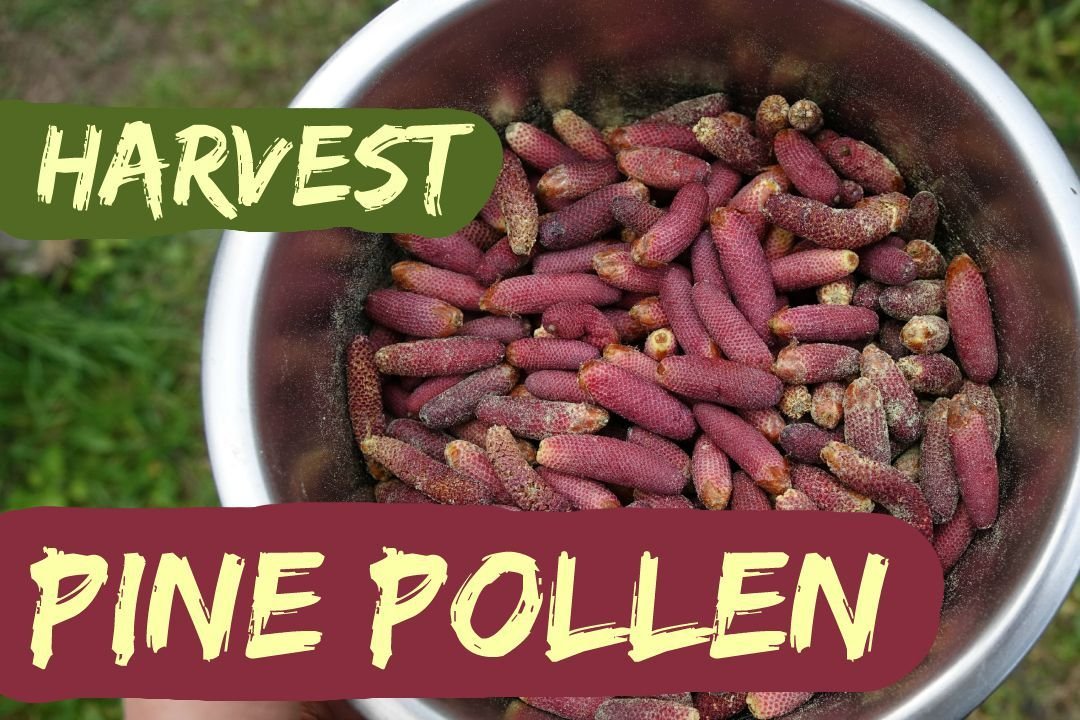
I've been harvesting a lot of pine pollen this spring. And then @generikat mentioned the Pine Pollen Plague blowing around in her community. I thought she - and anyone with pine trees nearby - might appreciate pine pollen more if they learned to harvest and enjoy eating it.
Pine Pollen Comes From Pine Trees
Any real pine tree is edible and tasty. A real pine tree has a scientific name that starts with the word "Pinus". Real pine trees have some sort of sheath at the base of their needles. And all the pines, except one, have 2-6 needles bunched together in that sheath. Here at Haphazard Homestead, I have the 3-needled Ponderosa Pine, the 5-needled Sugar Pine, and the 5-needled Eastern White Pine.
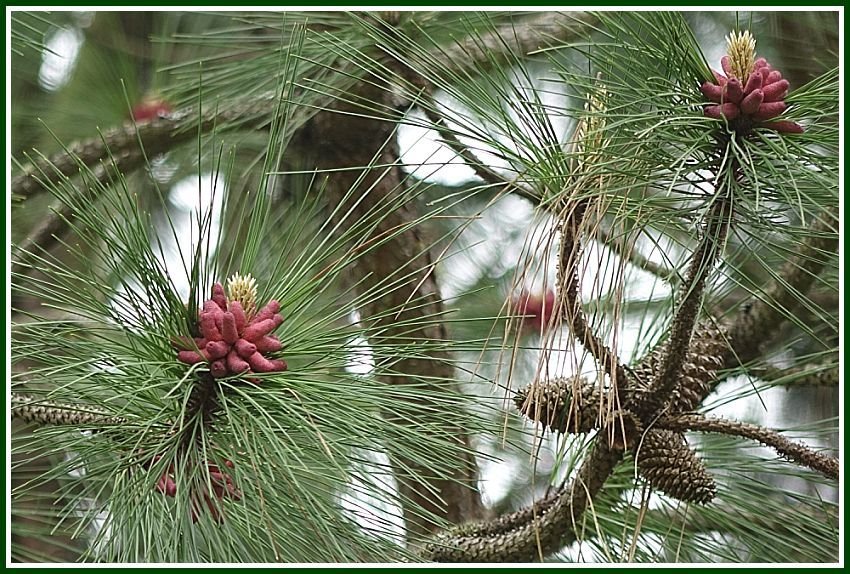
To get the pine pollen, we're looking for pine cones, but not the big woody pine cones. Those are the female cones that have the pine tree seeds. We are looking for the male cones that have the pollen.
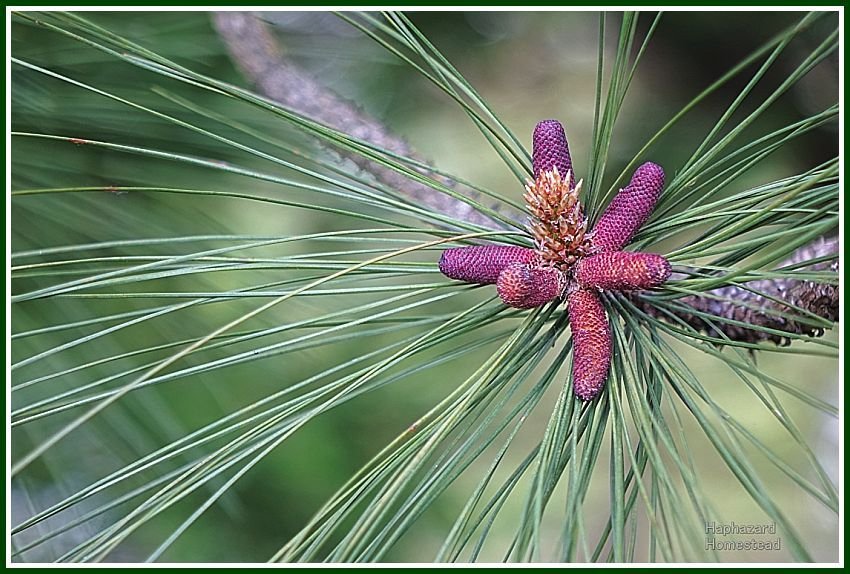
Harvesting the Pollen Cones
It's easy to tell when the male pollen cones are ready to harvest. I give them a tap and look for the pollen to puff out. Then I just twist the little cones and they pop right off. Pine trees have lots and lots of male cones and pollen, so taking some doesn't hurt anything.
_WEB.jpg)
_WEB.jpg)
_WEB.jpg)
Not every little pollen cone will be at the same maturity. If some haven't opened up very much, I just lay them on a tray in a warm spot out of the wind. These cones have finally opened almost all the way. Now I can get all their pollen.
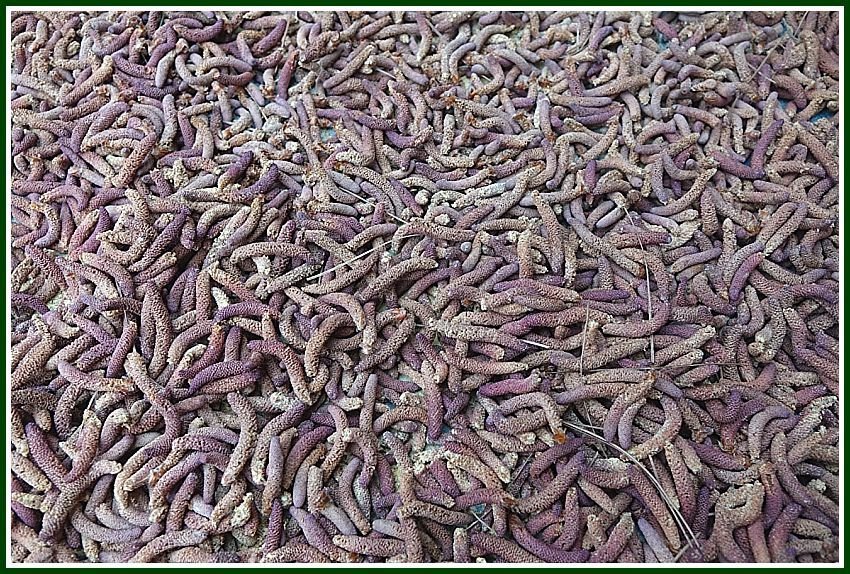
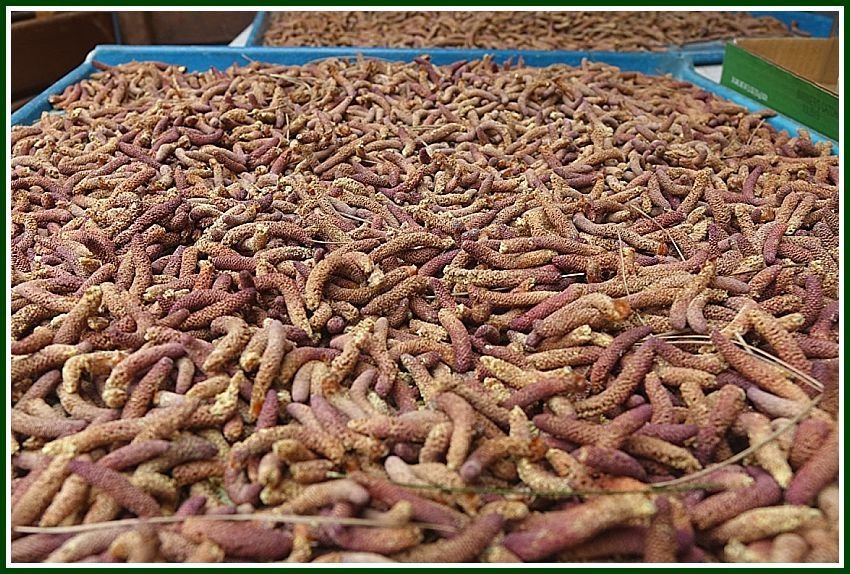
Getting the Pollen Out of the Pollen Cones
To separate the pollen from the cones, I think the easiest way is to put the cones in a jar or large paper sack and shake that pollen out! Shaking makes little brown bits of the cones come off, so these need to be sifted out, even though a few don't hurt anything in using the pollen.
_WEB.jpg)
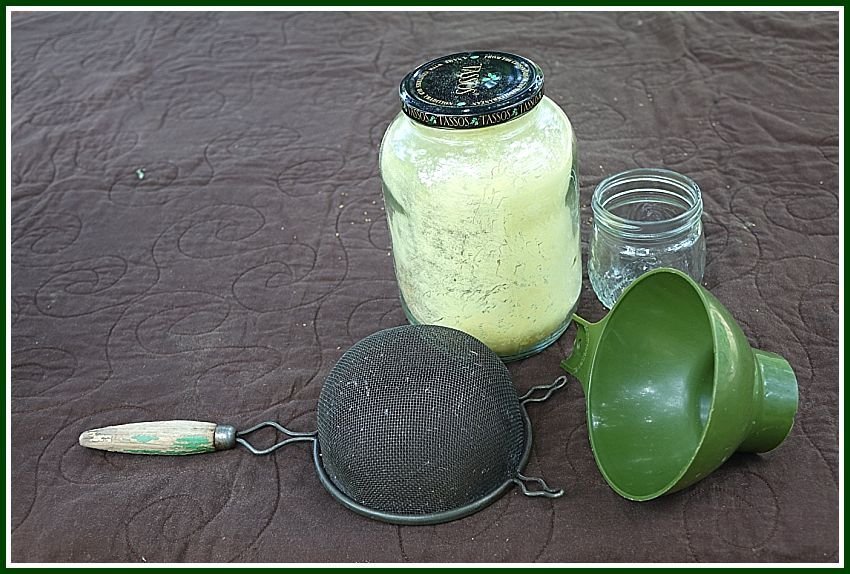
If you want to play gold miner and pan for the golden pollen, go right ahead - but I think it's easier to just use a finer sifter. The pollen is tiny, as fine as dust.
_WEB.jpg)
Every pollen is a little different and some stays fresh better than others. The pollen tends to get bitter or even rancid as it ages. An easy way to keep pollen in good condition beyond a few weeks is to freeze it in small jars.
_WEB.jpg)
_WEB.jpg)
Using Pine Pollen
Pine pollen has a clean, slightly nutty taste. It tastes similar to cattail pollen or even bee pollen.
The last couple years, I have used all mine making batch after batch of pine pollen and spruce tree cookies -- they were so good! But I have a fresh batch now for 2017. I'll let you know what I make this year, but I have to finish sifting out my supply. I could use them in pine pollen pancakes, pine pollen pasta, or just add the pollen to my smoothies.
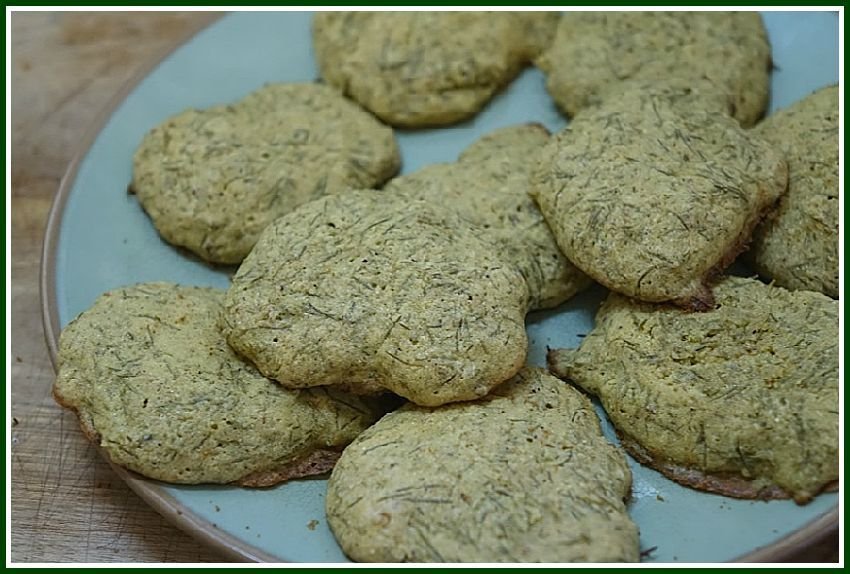
Learn More: Watch My Video
In the meantime, to see how to put all this into action, here's my video on how to harvest pine pollen:
Plant List
Ponderosa Pine - Pinus poderosa
Sugar Pine - Pinus lambertiana
Eastern White Pine - Pinus strobus
What Do You Think?
- Have you ever eaten pine pollen?
- Do you have pine trees near you?
- Would you eat pine pollen?
- Have you ever harvested pine pollen? If so, let us know your tips and tricks in the comments below!
I write about foraging because I believe that we can all have lives that are richer, more secure, more grounded, and more interesting by getting to know the plants and the land around us – in our yards, our parks, and our wilderness.
I would like Steemit to be the premier site for Foraging on the Internet! If you have any thoughts about foraging, or experiences to share, write a post and be sure to use the Foraging tag. And check out the @foraging-trail to see curated quality posts about foraging. Happy Foraging!
